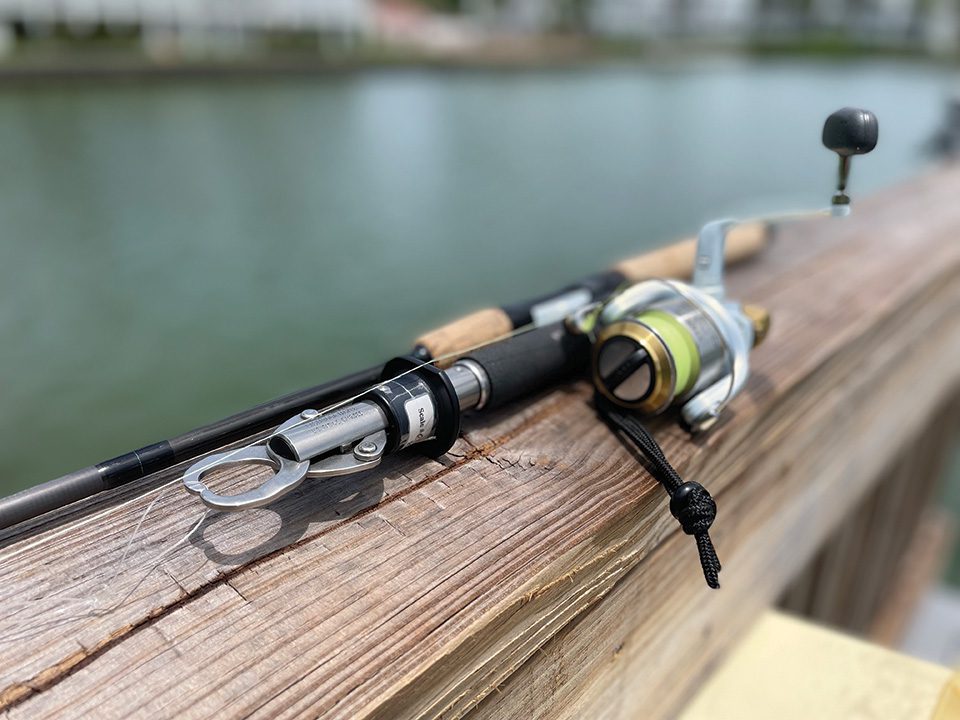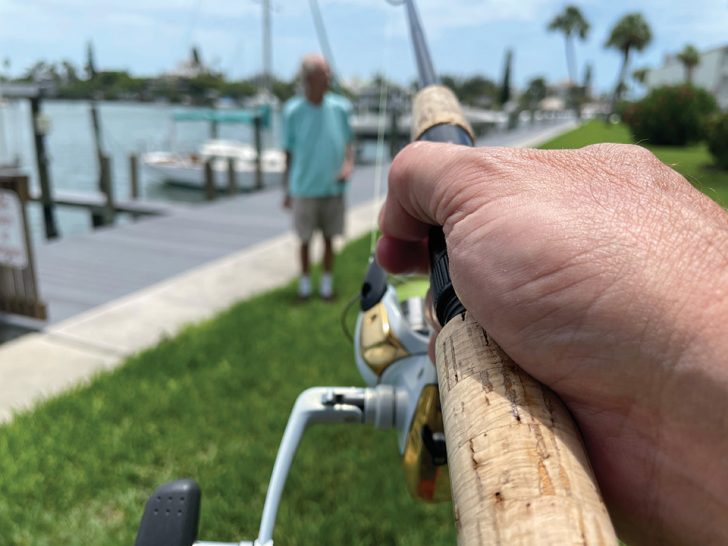By Will Schmidt
I cringe every time I see it, whether it’s a seasoned pro or newbie. A fish makes a blistering run; the angler reaches down to tighten the drag only to part ways with the fish due to too much pressure. There are a variety of reasons why tightening the drag during a fight is a bad idea.
First, as the diameter of the spool gets smaller with less line, the drag already actually increases. The spool is spinning at the same rate, but less line is coming off. Physics, who knew? Also, the drag of the line itself in the water adds more strain—the more line, the more pressure. Finally, even if the line doesn’t break, the chances of pulling or straightening the hook increases with the additional load. Worst of all, losing a fish due to applying too much pressure is one of the easiest things to avoid. Set your drag and forget it.
Old-school tactics still hold true today when it comes to setting a drag. Set it to 20 to 30 percent of line test strength. For example, if you’re using 10-pound test, you want your drag to be set between 2 and 3 pounds, 4 to 6 pounds for 20-pound test. To do this, you need a scale and a friend to hold it. An inexpensive spring scale will do the trick. Attach the line to the scale and pull against it. When the drag starts slipping, read the scale and that’s your drag setting. There’s some debate as to whether you should pull straight or with a bend in the rod. I use a bend, and it has never failed me.
I generally set my drags at 25 percent of the test strength of the line, but there are certain situations that call for going higher and lower. If you are grouper fishing or chasing big snook near structure, you need to be able to turn the fish by applying maximum pressure. In this case, setting your drag more toward 30 percent of the test strength would be advisable. Because this rule was devised before the advent of braid, the type of line should also be considered. The stretch of mono gives you a bit of forgiveness at the strike and during jumps. When setting the drag for braid, lighter or closer to 20 or 25 percent would be sensible.
Many seasoned anglers, myself included, will add extra pressure to turn a wayward fish by thumbing or palming the spool. This can be useful, but it takes practice to get that touch, and all who do it will at some point apply too much pressure. Sometimes it’s a case of turn the fish or lose it, so your only option is to apply more pressure. However, in general, your best bet is to set it and forget it.
Will Schmidt is a seasoned tournament angler who has been writing about fishing for more than two decades.

